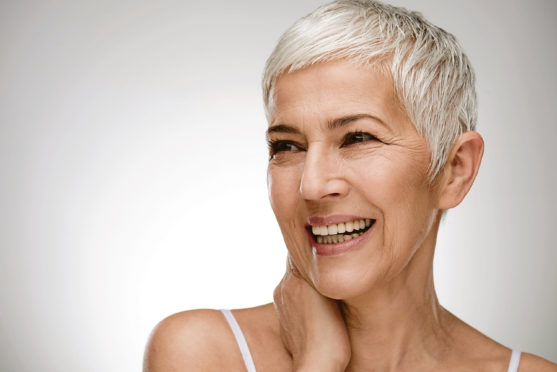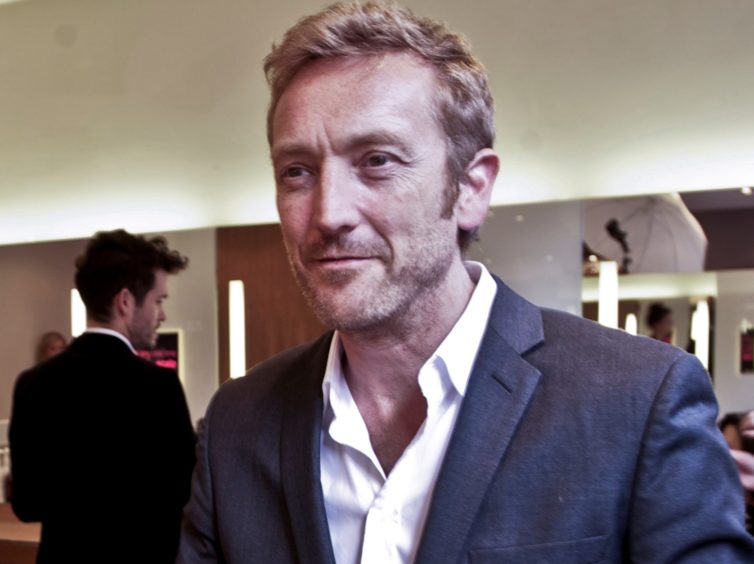
No matter your age, being able to swish and flick a head of thick, shiny and healthy hair always feels amazing. But keeping your tresses in tip-top condition can be tricky, and each decade brings new challenges, from broken ends to thinning layers.
Here, leading hair expert Michael Van Clarke shares advice for every age bracket.
20s: Frazzled and dry ends
In your early twenties, you pass peak metabolic vitality and hair-growth cycles return with slightly less lushness than in the late-teens peak.
So, hair needs to be cared for, especially if you want to wear it long. It’s also a decade of experimentation and flat irons, which make hair care and treatments even more important for avoiding dry, frazzled ends. My 10 Second Transformation grooming balm and Magic Oil (both £24.50) are great recovery products if you’ve been a little careless.
30s: Postnatal hair loss
During pregnancy normal hair-growth cycles are interrupted, and locks get thicker and more lustrous. However, about three months after the birth, the hair resumes its cycle of falling, and a larger number of hairs than normal enter the resting phase, which is followed by hair shedding.
So, new mothers will experience greater than normal hair loss. It starts to recover from month six, but a fringe can help if the loss is mainly around the front hairline.
40s: Brittle hair
During this decade, at each cycle, the hair returns a little thinner and less strong. A good system of hair care is even more important, and it’s harder to just “wing it”.
Shorter styles may be more appropriate, as they demand less of the hair quality. The line of the haircut will be crucial for this, too – for example, long A-line haircuts will demand too much from the weak hair at the front. Long shaped face-framing works better.
50s: The menopause
In your 50s, it’s important to avoid or mitigate lifestyle factors that weaken hair, including sun, sea, chlorine, excessive tinting, heat styling, and poor-quality products loaded with silicones and heavy oils. Conditioning is key!
60s: Thinning hair
The haircut is the most important factor here, and the right style can eliminate any suggestion of thinning hair. Styles that give lift around the face and partings that are angled towards the crown, so the eye doesn’t look straight down them, are ideal.
Treatments like my pre-wash LifeSaver (£29) and styling products, like volumising mousse, can work wonders.
Visit vanclarke.com

Enjoy the convenience of having The Sunday Post delivered as a digital ePaper straight to your smartphone, tablet or computer.
Subscribe for only £5.49 a month and enjoy all the benefits of the printed paper as a digital replica.
Subscribe © Peter Clark
© Peter Clark